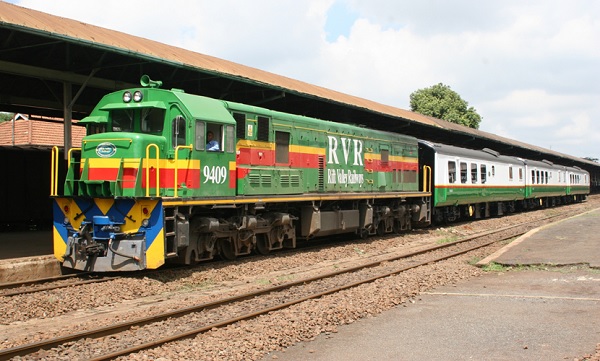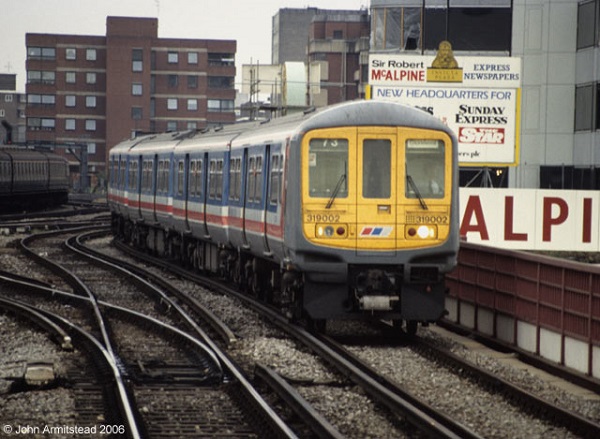 There’s an informative and well-researched article on the BBC website telling the story of Pacers: The train that the UK has struggled to get rid of,
There’s an informative and well-researched article on the BBC website telling the story of Pacers: The train that the UK has struggled to get rid of,
These trains were unloved even when they were new; I still remember seeing people’s reactions at Plymouth in 1987 when the forward connection into Cornwall wasn’t the expected class 50 and a rake of Mk1s but a pair of chocolate and crean liveried 142s.
But the article explains why they were a pragmatic solution for a cash-strapped railway under the rule of a government of the day that gave every impression that it hated trains and worshipped the private car.
But rail experts broadly agree that, in their early days at least, they were a pragmatic solution to a shortage of rolling stock. “Originally they were a good idea,” says Christian Wolmar, author of The Iron Road: The Illustrated History of the Railway.
Budgets were tight and British Rail was under great pressure to cut branch lines, says Wolmar. Meanwhile, at its factory in Workington, Cumbria, motor manufacturer British Leyland had produced a single-decker bus, the National, which needed to sell in high volumes to be viable.
“We had one practical chap suggested maybe you could take the body bit of the Leyland National and put it on a rail track,” says Eric Woodcock, who was a bus designer at the state-run conglomerate at the time and now campaigns on public transport issues.
Simultaneously, British Rail had been working on freight wagon technology, and engineers from both nationalised companies began collaborating on a way to fuse the National’s body with a bogie-less chassis to create a cut-price diesel multiple unit (DMU) train.
Their days are numbered now. They will not be compliant with disability legislation and cannot run in their present state after 2020. It’s not practical to convert the Leyland-built class 142s to make them compliant, and even for the superior 143s and 144s it would still cost more than would be worthwhile given their remaining economic life. Their original design life was only 20 years, and they’ve already done far more than that.
As an aside, it’s remarkable how well the Sprinter family of trains have aged. The oldest of these, the 150, are roughly the same age as the Pacers, and it’s likely to be 150s displaced by newer trains elsewhere that end up replacing most of the Pacers. They’re in far better condition now than the 20-25 year old first-generation DMUs that the Pacers and Sprinters were built to replace, a tribute to the standards of engineering in the BR workshops that built them.





